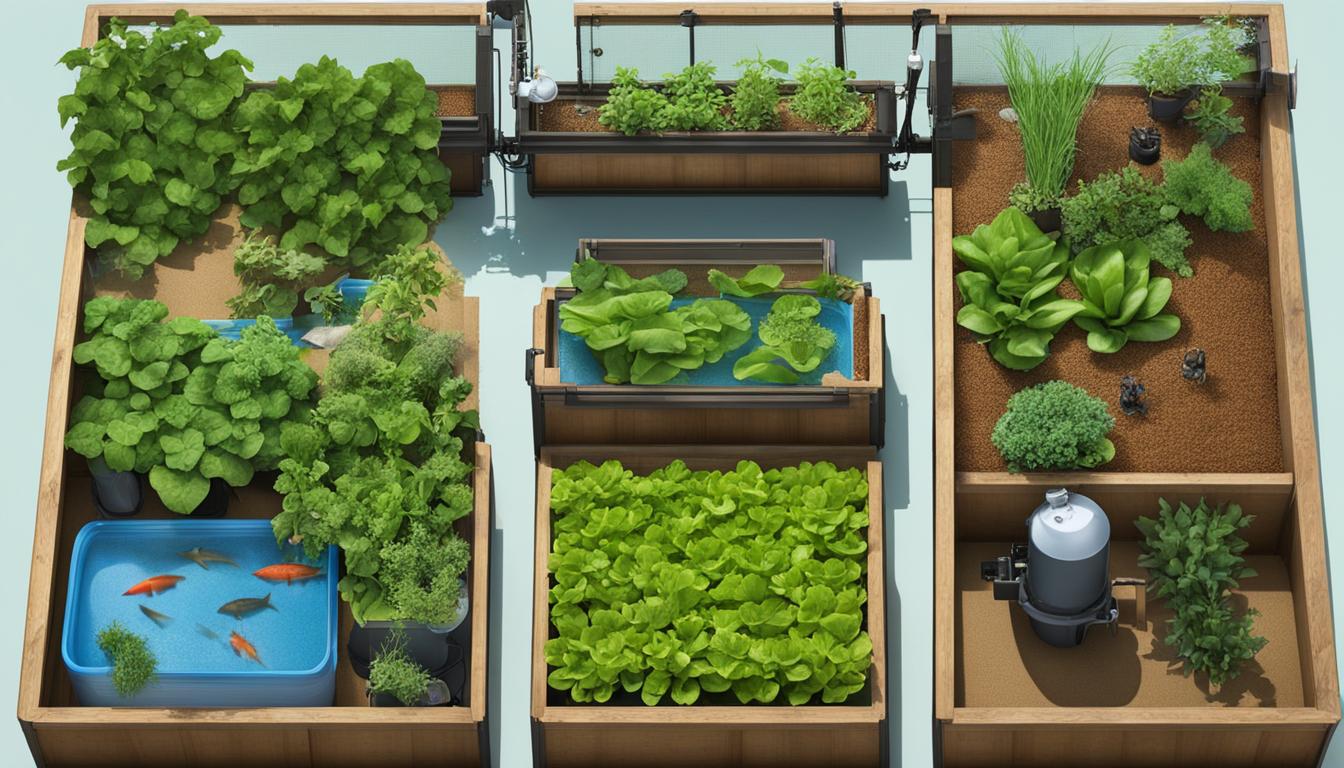
In order to successfully grow plants in an aquaponics system, there are several essential pieces of equipment that you will need. These include a fish tank, a grow bed, grow media, a water pump, an air pump with air stones, PVC piping with fittings, uniseals and/or bulkheads, a siphon, rockwool seed starting cubes, a seed starting tray, a water testing kit, and an EC or TDS meter.
It is important to carefully plan and choose the right equipment to ensure the success of your aquaponics system.
Key Takeaways:
- Aquaponics systems require specific equipment to grow plants effectively.
- Essential equipment includes a fish tank, grow bed, grow media, water pump, air pump with air stones, PVC piping, uniseals and/or bulkheads, siphon, seed starting cubes, seed starting tray, water testing kit, and EC or TDS meter.
- Proper planning and selection of equipment is crucial for the success of your aquaponics system.
- Choose food-grade materials for components like the fish tank and grow bed.
- Regular water testing and monitoring is necessary for optimal plant and fish health.
Choosing the Right Space for Your Aquaponics System
When it comes to setting up an aquaponics system, one of the most important factors to consider is the space in which it will be located. The right space can significantly impact the success and productivity of your aquaponics system. Here are some key considerations to keep in mind:
Location
The location of your aquaponics system is crucial. It should ideally be situated in an area that receives ample natural sunlight. Sunlight is essential for the growth of plants and helps create a conducive environment for your aquaponics system.
Also, consider creating a greenhouse for your aquaponics system. A greenhouse can provide added protection, maintain stable temperature levels, and extend the growing season.
Accessibility
Easy accessibility is another crucial factor to consider when choosing the space for your aquaponics system. Ensure that the system is conveniently located, allowing you to regularly monitor and maintain it.
This includes easy access to the fish tank, grow beds, and plumbing components. A well-planned and easily accessible system will save you time and effort in the long run.
Electricity and Water Source
Access to electricity is essential for powering the water pump, air pump, and any additional equipment you may have in your aquaponics system. Ensure that the chosen space has a nearby power source or the necessary infrastructure to provide electricity.
Also, consider the source of water for your system. It should be easily accessible and reliable for maintaining the water levels and quality in your aquaponics system.
By carefully considering the location, accessibility, and availability of electricity and water, you can ensure that you choose the right space for your aquaponics system. This will contribute to the overall effectiveness and efficiency of your system, leading to successful plant growth and a thriving aquaponics ecosystem.
The Importance of a Fish Tank in Aquaponics
In any aquaponics system, the fish tank plays a vital role as it provides a home for the fish and acts as the central hub of the whole ecosystem.
It is important to choose the right fish tank size and material to ensure the well-being of the fish and the overall success of the system.
The size of the fish tank should be determined by the fish to plant ratio and the specific requirements of the fish species you intend to keep.
A larger fish tank allows for a higher stocking density and provides a more stable environment for the fish. However, it is essential to calculate the fish to plant ratio carefully to maintain a balanced ecosystem.
When it comes to the material of the fish tank, IBC totes are a popular choice for DIY aquaponics setups due to their affordability and availability. These food-grade containers are safe for fish and are designed to withstand the weight and pressure of the water.
Alternatively, you can also use other food-grade fish tanks made from materials such as fiberglass or polyethylene.
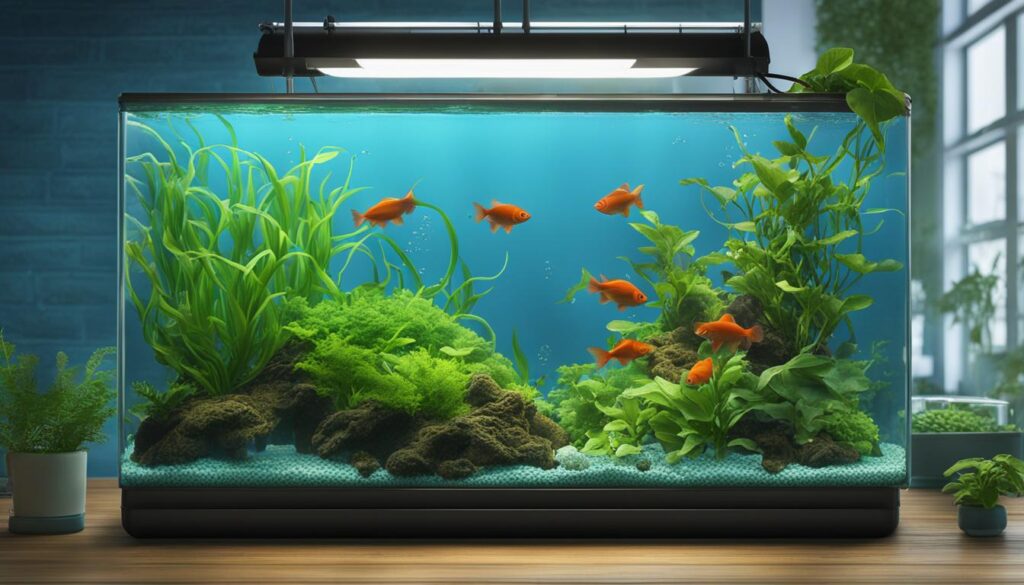
Fish Tank Recommendations:
- Choose a fish tank size that supports the fish to plant ratio and provides ample space for the fish to thrive.
- Opt for food-grade fish tanks made from materials like IBC totes, fiberglass, or polyethylene.
- Ensure proper filtration, aeration, and water circulation within the fish tank to maintain optimal water quality.
- Regularly monitor water parameters such as temperature, pH levels, ammonia, nitrite, and nitrate to ensure a healthy and balanced aquatic environment.
| Fish Tank Size | Recommended Fish | Recommended Plant Density |
|---|---|---|
| 100 gallons | Tilapia, Catfish | 5-10 plants per 10 gallons |
| 200 gallons | Trout, Perch | 10-15 plants per 10 gallons |
| 500 gallons or more | Koi, Goldfish | 15-20 plants per 10 gallons |
Understanding Grow Beds in Aquaponics
In aquaponics systems, the grow bed is a crucial component that plays a vital role in supporting plant growth. It serves as the home for the plants and provides a medium for their roots to anchor and absorb essential nutrients from the water.
Understanding the key aspects of grow beds in aquaponics, such as their height, materials, and media, is essential for creating a successful and thriving system.
The Height of Grow Beds
The height of the grow bed is an important consideration when designing an aquaponics system. It should be set at a height of approximately 15 inches, with 12 inches submerged in water and 1 inch placed on top to weigh down the media and prevent algae growth. This height allows for optimal root growth and nutrient absorption while maintaining efficient water flow throughout the system.
Materials for Grow Beds
There are various materials that can be used to construct grow beds in aquaponics. One popular option is the top part of an IBC tote, which provides a sturdy and convenient structure.
Other alternatives include cut barrels or plastic tubs. When selecting the materials for your grow bed, it is important to ensure they are food-grade and safe for the plants and fish in your system. Avoid using materials that may leach harmful chemicals into the water.
Growing Media for Grow Beds
The choice of growing media for the grow bed is crucial as it provides support for the plants and aids in nutrient absorption. One commonly used media in aquaponics is hydroton or expanded clay pebbles.
These lightweight and pH-neutral materials allow for excellent water retention and aeration, promoting healthy root growth. Other options include perlite, vermiculite, or coconut coir, depending on the specific requirements of your plants.
Table: Comparison of Different Grow Bed Materials
| Materials | Pros | Cons |
|---|---|---|
| IBC Tote | Durable, readily available | May require modifications, limited size options |
| Cut Barrels | Easy to obtain, customizable size | May require additional support, potential chemical contamination |
| Plastic Tubs | Cost-effective, versatile | Less durable, limited size options |
By understanding the importance of grow beds and considering their height, materials, and growing media, you can create an optimal environment for plant growth in your aquaponics system.
Remember to regularly monitor and maintain the grow beds, ensuring proper water flow, nutrient availability, and root health. With the right setup, your aquaponics system can yield abundant and healthy harvests for your enjoyment.
The Role of Water Pump in Aquaponics
In an aquaponics system, the water pump plays a crucial role in ensuring the proper circulation of water from the fish tank to the grow beds.
It is responsible for maintaining a continuous flow of water, which is essential for delivering nutrients to the plants and oxygenating the fish tank. Choosing the right water pump for your aquaponics system is crucial to ensure its efficiency and effectiveness.
When selecting a water pump, one important factor to consider is the flow rate. The flow rate determines the amount of water that can be circulated within a given time frame.
It is important to choose a water pump with a flow rate that matches the size of your system. If the flow rate is too low, it may not provide enough oxygen and nutrients to the plants. On the other hand, if the flow rate is too high, it can cause excessive turbulence and stress to the fish.
Another consideration when choosing a water pump is the head height. The head height refers to the vertical distance that the water needs to be pumped. It is important to choose a water pump that can handle the head height of your aquaponics system.
Using a pump that is not powerful enough may result in insufficient water flow, while using a pump that is too powerful may lead to unnecessary energy consumption.
| Flow Rate (GPH) | Recommended System Size |
|---|---|
| 200-500 | Small-scale systems (up to 100 gallons) |
| 500-1000 | Medium-scale systems (100-500 gallons) |
| 1000 or higher | Large-scale systems (>500 gallons) |
When choosing the right water pump for your aquaponics system, it is also important to consider energy efficiency and noise levels.
Look for pumps that are energy-efficient to minimize electricity consumption and reduce operating costs. Additionally, consider pumps that produce minimal noise to create a more peaceful and enjoyable environment for both you and the fish.
Summary:
- The water pump is essential for circulating water in an aquaponics system.
- Choose a water pump with the appropriate flow rate for your system.
- Consider the head height and system size when selecting a water pump.
- Look for energy-efficient and low-noise pumps to optimize your aquaponics system.
The Importance of Air Pump and Air Stones in Aquaponics
In an aquaponics system, adequate oxygenation is crucial for the health and well-being of the fish and the overall efficiency of the system. This is where the air pump and air stones come into play.
The air pump serves the purpose of supplying oxygen to the fish tank, while the air stones help to disperse the oxygen throughout the water. By ensuring proper oxygenation, the air pump and air stones create a favorable environment for the fish to thrive and for the plants to receive the necessary nutrients.
An aquaponics system relies on a balance between the fish and the plants. The fish produce waste, which contains ammonia. In the system, beneficial bacteria convert this ammonia into nitrites and then into nitrates, which act as nutrients for the plants.
The process requires a sufficient supply of oxygen. Without proper oxygenation, the bacteria may not function optimally, leading to poor water quality and potentially harming the fish and plants.
To achieve adequate oxygenation, the air pump should be placed in a well-ventilated area, shielded from direct exposure to the elements. This helps to prevent damage to the pump and maintain its longevity.
The air stones are placed in the fish tank, where they create small bubbles that rise to the water’s surface, promoting oxygen exchange. The combination of the air pump and air stones ensures that the water in the fish tank remains oxygenated, supporting the overall health of the system.
Table: Benefits of Air Pump and Air Stones in Aquaponics
| Benefits | Description |
|---|---|
| Improved Fish Health | The oxygenation provided by the air pump and air stones helps to maintain optimal water conditions for the fish, reducing stress and promoting their overall health and well-being. |
| Enhanced Nutrient Uptake | Proper oxygenation ensures that the plants have access to the necessary nutrients in the water, allowing them to grow efficiently and produce high-quality yields. |
| Prevention of Anaerobic Zones | Adequate oxygenation prevents the formation of anaerobic zones in the system, where harmful bacteria can thrive. This helps to maintain a balanced and healthy ecosystem. |
| Promotion of Beneficial Bacteria | The oxygenation provided by the air pump and air stones creates a favorable environment for the growth and activity of beneficial bacteria, which are essential for the nitrification process. |
| Increased Oxygen Exchange | The gentle movement of the water caused by the air stones promotes oxygen exchange at the water’s surface, ensuring that dissolved oxygen levels remain sufficient for the fish and plants. |
In conclusion, the air pump and air stones play a vital role in aquaponics systems by providing the necessary oxygenation for the fish and promoting the growth and health of the plants.
By ensuring proper oxygen levels, these components contribute to the overall success and sustainability of the aquaponics system.
The Importance of PVC Piping in Aquaponics
One crucial component of an aquaponics system is PVC piping. PVC piping is responsible for moving water from the fish tank to the grow bed(s) and ensuring proper water movement throughout the system.
It is also used for the solids lifting overflow (SLO), which helps remove solid waste from the system. Choosing the right PVC piping and properly plumbing the system are essential for the efficient operation of the aquaponics system.
Why PVC Piping is Important
PVC piping plays a vital role in the operation of an aquaponics system. It allows for the circulation of water between the fish tank and the grow bed(s), ensuring that plants receive the necessary nutrients and oxygen.
The size of the PVC piping should be determined based on the size of your system, with larger systems requiring larger pipes to accommodate the water flow. Using food-grade PVC piping is recommended to ensure the safety and health of your plants and fish.
Proper Plumbing and Sizing
Proper plumbing and sizing of the PVC piping are essential for the efficient operation of an aquaponics system. The pipes should be properly connected and sealed to prevent any leaks or water loss. Consider the layout and design of your system when planning the plumbing, ensuring that water flows smoothly and evenly throughout the system.
Also, proper sizing of the PVC piping based on the flow rate and distance between the fish tank and grow bed(s) is crucial for maintaining the optimal operation of your aquaponics system.
PVC piping is a critical component of an aquaponics system, allowing for the movement of water between the fish tank and the grow bed(s). Choosing the right PVC piping and properly plumbing the system are essential for the efficient operation and success of your aquaponics system.
Consider the size of your system, use food-grade PVC piping, and ensure proper connections and sizing for optimal water movement. By paying attention to the importance of PVC piping, you can create a thriving aquaponics system that produces healthy plants and fish.
Uniseals and Bulkheads in Aquaponics
In aquaponics systems, uniseals and bulkheads play a vital role in creating secure and efficient connections between different components of the system.
Uniseals are flexible and versatile, making them suitable for use on round containers such as fish tanks and grow beds. They provide a watertight seal and allow for easy installation and removal without the need for special tools or adhesives.
Bulkheads, on the other hand, are sturdier and more rigid, making them ideal for use on flat surfaces. They are commonly used to connect pipes and fittings, ensuring a reliable and leak-free connection. Bulkheads are available in various sizes and materials to accommodate different system requirements and plumbing configurations.
Benefits of Uniseals:
- Flexible and easy to install
- Require no special tools or adhesives
- Provide a watertight seal
- Can be used on round containers
Benefits of Bulkheads:
- Sturdy and reliable
- Ideal for connecting pipes and fittings
- Available in various sizes and materials
- Ensure a leak-free connection
When using uniseals and bulkheads in your aquaponics system, it is important to choose the appropriate size and material for your specific needs. Proper connections using these fittings are crucial for preventing leaks and ensuring the smooth operation of the system.
Comparison of Uniseals and Bulkheads
| Characteristic | Uniseals | Bulkheads |
|---|---|---|
| Flexibility | Flexible | Rigid |
| Installation | Easy, no special tools required | Requires tools and proper installation |
| Sealing | Watertight seal | Leak-free connection |
| Container Shape | Round | Flat |
| Uses | Connecting round containers | Connecting pipes and fittings |
By carefully considering the benefits of uniseals and bulkheads and understanding their applications, you can make informed decisions and ensure the proper functioning and efficiency of your aquaponics system.
The Role of Siphons in Aquaponics
In aquaponics systems, siphons play a crucial role in creating a flood and drain cycle in the grow beds. The flood and drain system is essential for maintaining optimal water levels and promoting healthy plant growth.
Siphons are responsible for draining excess water from the grow beds, preventing waterlogging and ensuring proper oxygenation for the plant roots. They create a cyclical flow of water, mimicking the natural ebb and flow of tides, which helps deliver nutrients to the plants and remove waste from the system.
One of the most commonly used siphons in aquaponics is the bell siphon. The bell siphon is a simple yet effective device that relies on the principles of gravity and air pressure to function. When the grow bed fills with water, the bell siphon’s design causes a vacuum effect, which initiates the draining process.
As the water drains, air enters the siphon, breaking the vacuum and stopping the drain. This continuous cycle of flooding and draining ensures that the plants receive the proper amount of water, nutrients, and oxygen they need to thrive.
There are different types of siphons used in aquaponics, such as the U-siphon. While the basic principles remain the same, each type of siphon has its own unique design and functionality.
The choice of siphon depends on the specific needs and requirements of your aquaponics system. It’s important to carefully consider factors such as system size, water flow rates, and the type of grow bed media used when selecting the appropriate siphon for your setup.
The Benefits of a Flood and Drain System in Aquaponics
The flood and drain system, powered by siphons, offers several benefits in an aquaponics setup. Firstly, it helps to prevent water stagnation and the accumulation of harmful substances, such as ammonia and nitrites, by continuously circulating the water. This promotes a healthier environment for both the fish and plants, reducing the risk of disease and poor growth.
Secondly, the flood and drain system promotes efficient nutrient absorption by the plants. As the water floods the grow beds, it carries essential nutrients from the fish waste, providing the plants with a constant supply of nourishment.
When the water drains, oxygen is pulled into the system, allowing the plant roots to breathe and absorb the nutrients effectively.
Lastly, the flood and drain system helps to conserve water by utilizing a cyclical flow. Unlike traditional gardening methods that require constant irrigation, the flood and drain system only requires periodic flooding, which significantly reduces water consumption. This makes aquaponics a sustainable and environmentally friendly method of growing plants.
Aquaponics Solids Filter: Keeping Your System Clean and Healthy
In an aquaponics system, maintaining water clarity and cleanliness is essential for the overall health and well-being of your fish and plants. That’s where a solids filter comes in.
A solids filter helps remove debris, uneaten fish food, and other solid waste from the water, preventing it from accumulating in the system and affecting water quality. There are several types of solids filters commonly used in aquaponics, including swirl filters and clarifiers.
Swirl filters, as the name suggests, use centrifugal force to separate solids from the water. The water is introduced into the filter at an angle, creating a swirling motion that causes heavier particles to settle at the bottom.
The filtered water then exits through an outlet, while the solids are collected and periodically removed. Swirl filters are effective in removing larger particles, but they may not be as effective in removing finer particles.
Clarifiers are another type of solids filter commonly used in aquaponics systems. They use a settling process to separate solids from the water. The water is introduced into the clarifier, where it is slowed down, allowing solids to settle to the bottom.
The clarified water then exits through an outlet, while the settled solids are periodically removed. Clarifiers are effective in removing both larger and finer particles, making them a versatile option for maintaining water clarity.
Comparison of Swirl Filters and Clarifiers in Aquaponics:
| Aspect | Swirl Filters | Clarifiers |
|---|---|---|
| Function | Use centrifugal force to separate solids from water | Use settling process to separate solids from water |
| Particle Removal | Effective in removing larger particles | Effective in removing both larger and finer particles |
| Maintenance | Periodically remove collected solids | Periodically remove settled solids |
| Cost | Relatively affordable | May be slightly more expensive |
Both swirl filters and clarifiers have their advantages and can be effective in keeping your aquaponics system clean. The choice between the two will depend on your specific needs and preferences. It is important to periodically check and clean your solids filter to ensure its optimal performance. Regular maintenance and monitoring of water quality are crucial for the success of your aquaponics system.
Essential Equipment for Plant Starting and Water Testing in Aquaponics
When it comes to starting plants and testing water in your aquaponics system, having the right equipment is essential for success. Two key components to consider are plant starting equipment and water testing tools.
For plant starting, rockwool seed starting cubes are a popular choice in aquaponics. These cubes provide a suitable environment for germinating seeds and promoting healthy seedling growth. Additionally, a seed starting tray can help maintain the necessary humidity levels during the germination process, ensuring optimal conditions for your plants.
Water testing is another crucial aspect of aquaponics. A water testing kit is indispensable for monitoring the vital parameters of your system, including pH levels, ammonia, nitrite, and nitrate.
Keeping these factors in check is vital for the overall health and well-being of both your plants and fish. Another useful tool to consider is an EC or TDS meter, which measures the electrical conductivity and nutrient strength of the water, allowing you to fine-tune your system for optimal growth.
By investing in the essential equipment for plant starting and water testing, you can ensure the success of your aquaponics system.
Properly germinated plants, along with well-balanced water parameters, will create an ideal environment for both your plants and fish, leading to a thriving and productive aquaponics system.
FAQ
What equipment is needed for growing plants in aquaponics?
The essential equipment for growing plants in aquaponics includes a fish tank, a grow bed, grow media, water pump, air pump with air stones, PVC piping with fittings, uniseals and/or bulkheads, a siphon, rockwool seed starting cubes, a seed starting tray, water testing kit, and an EC or TDS meter.
How do I choose the right space for my aquaponics system?
Consider factors such as access to natural sunlight, the possibility of creating a greenhouse, ease of accessibility, nearby availability of electricity and a water source when choosing the space for your aquaponics system.
What is the importance of a fish tank in aquaponics?
The fish tank provides a home for the fish in an aquaponics system. It is important to have a food-grade tank that is the appropriate size for your system. Calculating the fish to plant ratio is necessary for maintaining a balanced ecosystem.
What are grow beds in aquaponics?
Grow beds are where the plants are located in an aquaponics system. They should be 15 inches in height, with 12 inches submerged in water and 1 inch placed on top to weight down the media and prevent algae growth. The grow bed can be made from various materials and should be filled with suitable grow media.
What is the role of a water pump in aquaponics?
The water pump circulates water from the fish tank to the grow bed(s) in an aquaponics system. It is important to choose a water pump with the appropriate flow rate for proper water circulation.
Why are air pumps and air stones important in aquaponics?
Air pumps and air stones provide oxygen to the fish and ensure proper oxygenation throughout the aquaponics system. They are essential for the health and well-being of the fish and overall system function.
Why is PVC piping important in aquaponics?
PVC piping is necessary for moving water from the fish tank to the grow bed(s) and ensuring proper water movement in an aquaponics system. It is also used for the solids lifting overflow (SLO). Proper plumbing and sizing of the PVC piping are essential for the efficient operation of the system.
What are uniseals and bulkheads used for in aquaponics?
Uniseals and bulkheads are used to connect various components of the aquaponics system, such as the grow bed and fish tank. Uniseals are flexible and can be used on round containers, while bulkheads are sturdier but can only be used on flat surfaces.
What is the role of siphons in aquaponics?
Siphons create the flood and drain cycle in aquaponics grow beds. They are responsible for maintaining the optimal water level in the grow beds by draining excess water. Proper functioning of the siphon is important for the success of the aquaponics system.
Do I need a solids filter in my aquaponics system?
Solids filters are not always necessary in aquaponics systems, especially in setups with a balanced fish to plant ratio. However, if the stocking density is not properly maintained, a solids filter may be needed to remove solids from the water. Proper management of solids filtration is crucial for maintaining water clarity and overall system health.
What equipment is essential for plant starting and water testing in aquaponics?
Essential equipment for plant starting in aquaponics includes rockwool seed starting cubes and a seed starting tray. A water testing kit is crucial for monitoring water parameters, and an EC or TDS meter is used to measure the nutrient strength of the water. These tools are important for ensuring the optimal growth and health of plants and fish in an aquaponics system.

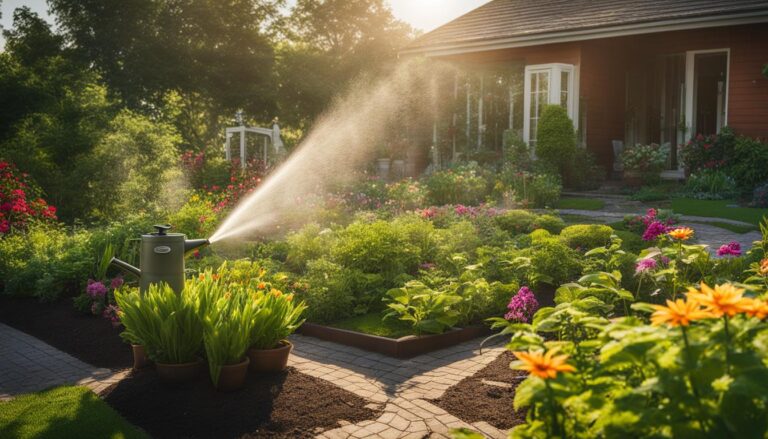
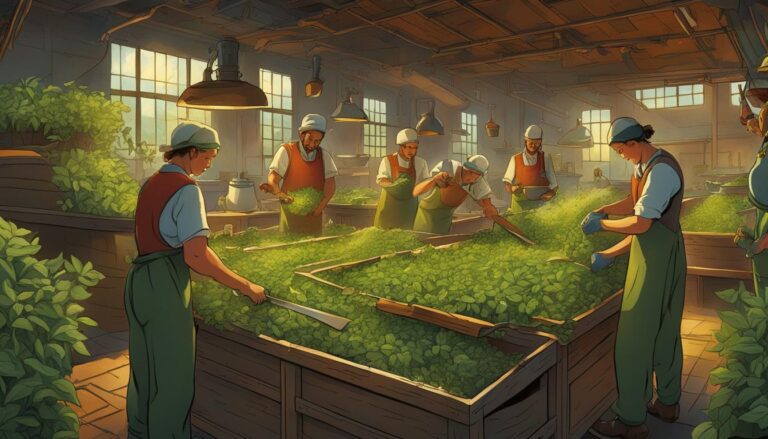
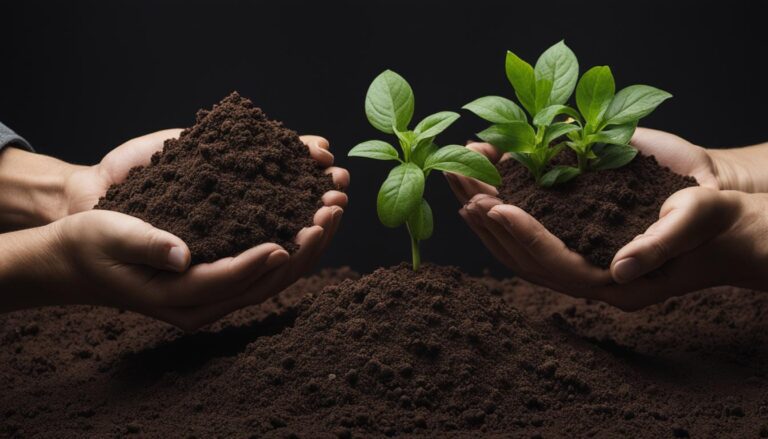
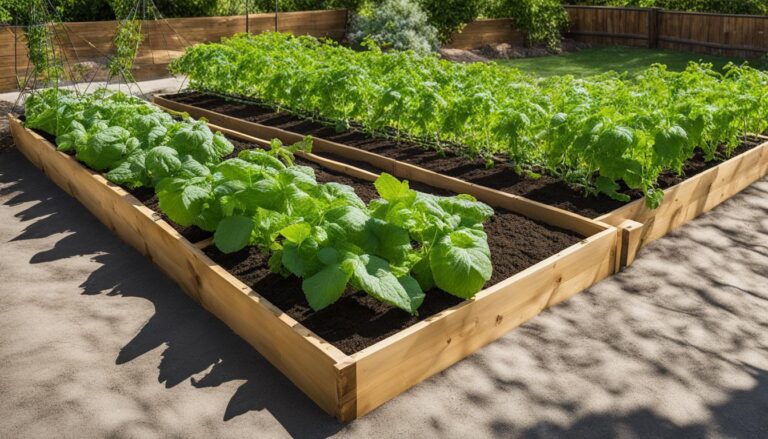

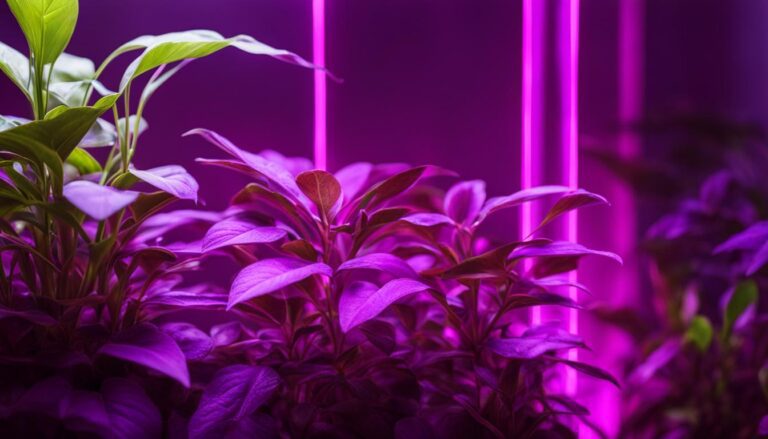
One Comment
Comments are closed.